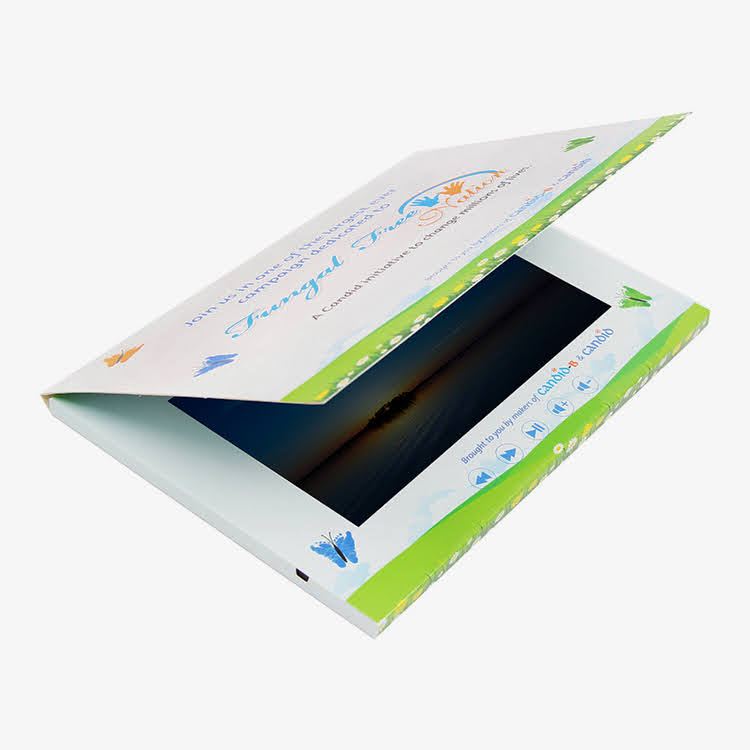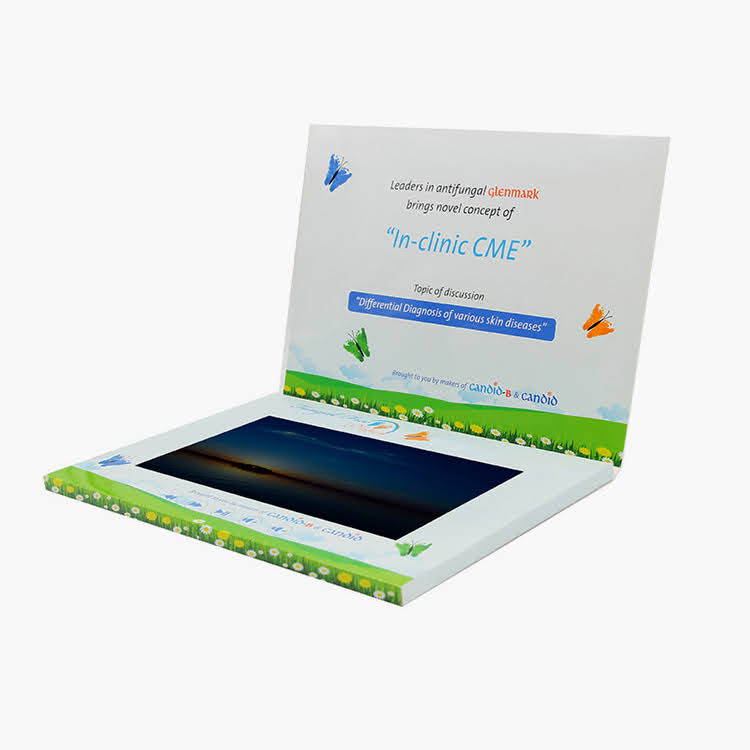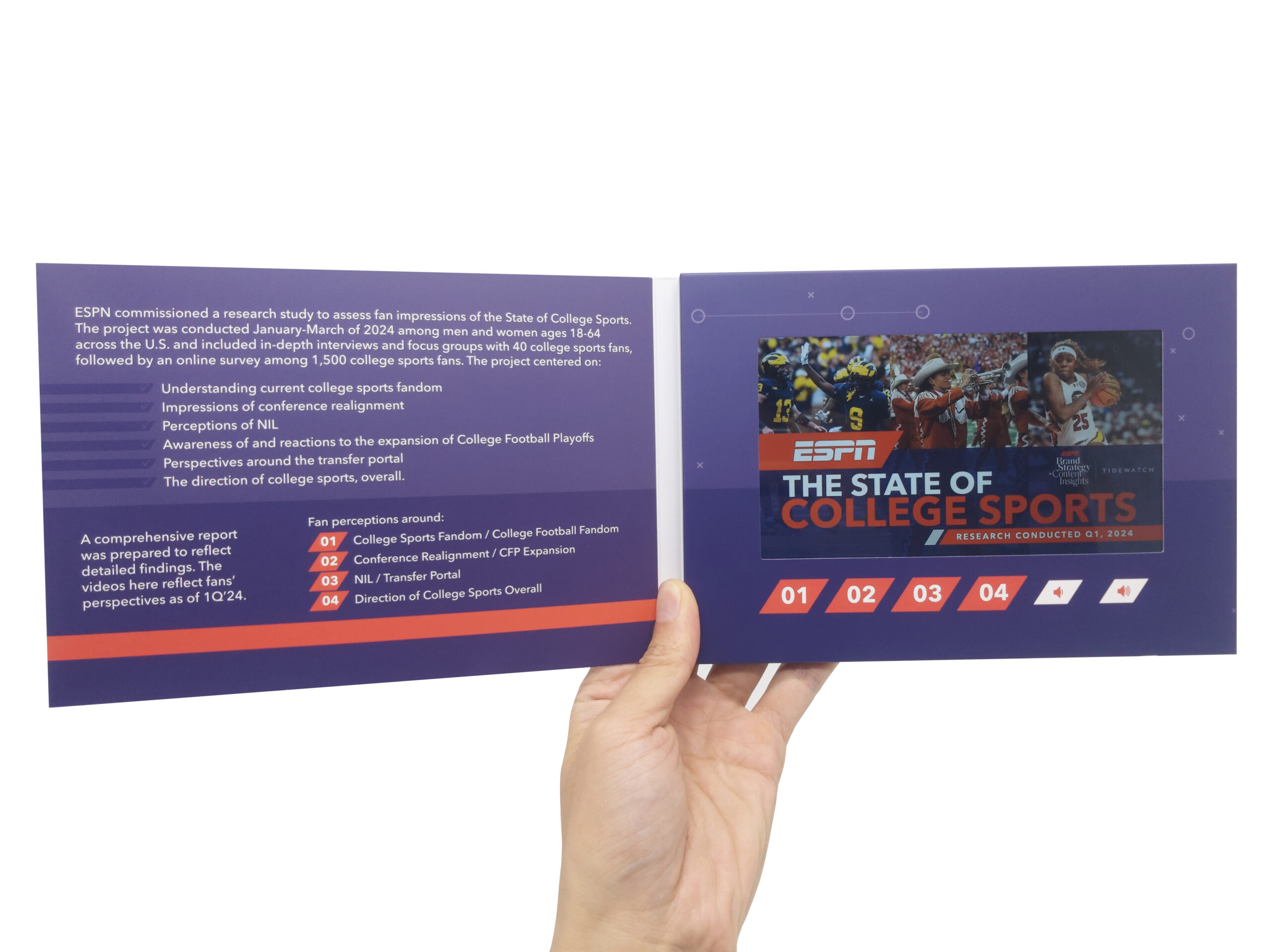The marketing landscape has reached a critical juncture where traditional outreach methods are losing their effectiveness. Sales teams are drowning prospects in generic emails, direct mail pieces gather dust unopened, and marketing budgets are stretched thin with diminishing returns. Yet some forward-thinking companies are achieving remarkable results with a different approach entirely. Successful video brochure marketing campaigns have revolutionized how B2B companies approach high-value accounts, delivering engagement rates that traditional methods simply cannot match. This innovative strategy is transforming Account-Based Marketing (ABM) by cutting through the noise where conventional tactics fail, offering superior cost-effectiveness and the competitive advantage that comes with true innovation.
Why Traditional Account-Based Marketing Tools Fall Short
The harsh reality facing modern marketers is that traditional account-based marketing tools are experiencing unprecedented challenges. Email marketing, once the cornerstone of B2B outreach, now faces average open rates hovering around 21% in the B2B sector. Even when emails are opened, the average engagement time barely exceeds 10 seconds before recipients move on to the next message in their overflowing inboxes.
Direct mail campaigns, despite their higher per-piece costs, struggle with open rates between 17-28% and face the additional challenge of standing out in an increasingly crowded physical mailbox. The average direct mail piece costs between $0.30 and $2.00 to produce and deliver, yet generates an average ROI of just 29%. More concerning is the fact that most direct mail pieces are discarded within seconds of being received, providing little opportunity to communicate complex value propositions or build meaningful connections with target accounts.
Sales teams report that cold calling success rates have plummeted to less than 2%, while LinkedIn outreach messages are increasingly ignored as decision-makers become overwhelmed by the volume of generic connection requests and sales pitches. The combination of these factors has created what industry experts call “engagement fatigue” among high-value prospects, making it increasingly difficult for even the most sophisticated account-based marketing platforms to achieve meaningful results.
The fundamental problem lies in the commoditization of these channels. When every company uses the same tactics, prospects develop natural defenses against them. Decision-makers have learned to quickly identify and dismiss traditional sales and marketing approaches, creating an environment where breaking through requires something genuinely different and valuable.
ABM Video Strategies: The Power of Physical Video Brochures
The integration of ABM video strategies through physical brochures creates unprecedented engagement levels that traditional digital channels cannot replicate. Video brochures represent a paradigm shift in how companies can connect with high-value accounts, combining the visual impact of video content with the tactile experience of premium physical materials.
Unlike digital videos that compete for attention in crowded inboxes or social media feeds, video brochures command immediate attention through their novelty and premium presentation. When a prospect receives a professionally designed video brochure, the unboxing experience itself creates a moment of engagement that digital channels simply cannot replicate. The physical nature of the medium triggers curiosity and creates an emotional connection before the video content even begins playing.
The technology behind modern video brochures has evolved significantly, featuring high-definition LCD screens, crystal-clear audio, and the ability to include multiple video chapters within a single device. This allows marketers to create sophisticated, multi-layered presentations that can address different aspects of their value proposition or speak to various stakeholders within the target account. The benefits of video brochures for account-based marketing extend far beyond traditional metrics, creating memorable experiences that prospects often share with colleagues and keep on their desks as conversation starters.
Research indicates that video content improves message retention rates to 95%, compared to just 10% for text-based communications. When this powerful medium is delivered through the premium experience of a video brochure, the impact is amplified further. Recipients report watching video brochure content multiple times, sharing it with team members, and keeping the devices for future reference – behaviors that are virtually impossible to achieve with traditional digital marketing approaches.
The personalization capabilities of video brochures also set them apart from conventional ABM tactics. Companies can create customized content that speaks directly to the recipient’s industry, role, or specific business challenges, while the physical brochure itself can be branded and designed to reflect the target company’s preferences or industry standards. This level of personalization, combined with the premium delivery method, positions the sender as a sophisticated, innovative partner rather than just another vendor seeking attention.
Video Brochures vs Traditional Marketing in ABM: A Cost Analysis
When analyzing the cost-effectiveness of video brochures in ABM campaigns, the ROI significantly exceeds traditional methods despite higher upfront costs. While video brochures typically cost between $20 and $60 per unit to produce and deliver, they generate ROI rates of 40-60%, nearly doubling the performance of traditional direct mail campaigns.
The superior performance becomes even more apparent when examining engagement metrics. Video brochures achieve near-100% open rates, compared to the 17-28% typical of direct mail and even lower rates for email campaigns. This dramatic difference in initial engagement translates directly into more qualified conversations and ultimately more closed deals.
Consider the mathematics of a typical ABM campaign targeting 200 high-value accounts. A traditional direct mail campaign might cost $400-$1,200 in production and delivery costs, achieving a 25% open rate that results in 50 engaged prospects. The same campaign using video brochures would cost $4,000-$12,000 but achieve a 95% open rate, resulting in 190 engaged prospects. The cost per engaged prospect drops from $8-$24 for direct mail to approximately $21-$63 for video brochures – a significant improvement when considering the quality and depth of engagement achieved.
The long-term value proposition becomes even more compelling when factoring in the extended lifecycle of video brochure campaigns. While traditional direct mail pieces are typically discarded within days, video brochures often remain in recipients’ offices for months, continuing to reinforce brand messages and serving as conversation starters during meetings with colleagues and other stakeholders. This extended exposure multiplies the effective reach of each campaign investment.
Furthermore, video brochures provide detailed analytics that traditional direct mail cannot match. Marketers can track exactly how many times each video was played, which sections received the most attention, and how long recipients engaged with the content. This data enables continuous optimization and provides clear ROI attribution that justifies the investment to senior leadership.
The Innovation Advantage: Why New Approaches Carry More Clout
In today’s competitive B2B environment, the method of communication often carries as much weight as the message itself. When prospects receive a video brochure, they immediately recognize that the sender has invested significantly in reaching them specifically. This investment signals serious intent and positions the sender as an innovative, forward-thinking organization worth engaging with.
The novelty factor of video brochures creates what psychologists call the “peak-end rule” – people judge experiences largely based on how they felt at the most intense point and how they ended. Video brochures create a positive peak experience through their premium presentation and innovative technology, while ending on a high note as recipients appreciate the thoughtfulness and creativity of the approach.
This innovation advantage extends beyond the initial impression. In industries where differentiation is increasingly difficult, the choice to use cutting-edge marketing technology demonstrates a company’s commitment to innovation in all aspects of their business. Prospects often interpret this as an indicator of how the company approaches product development, customer service, and business partnerships.
The competitive intelligence aspect cannot be overlooked either. When companies use video brochures effectively, they often learn that their competitors are still relying on traditional outreach methods. This knowledge provides a significant tactical advantage, allowing innovative companies to capture attention and mindshare while competitors struggle with declining engagement rates from conventional approaches.
Real Account-Based Marketing Examples: Video Brochure Success Stories
The most successful account-based marketing examples now feature video brochures as their primary engagement medium, with results that validate the strategic shift toward innovative outreach methods. Snowflake’s campaign targeting 200 high-value accounts achieved an remarkable 85% engagement rate using customized data visualization packages delivered through video brochures, ultimately generating over $50 million in pipeline opportunities.
Another compelling example involves a technology company that replaced their traditional email sequence campaign with video brochure outreach, resulting in $3.6 million in new business and an 800% improvement in lead-to-buyer conversion rates. The campaign’s success stemmed from the video brochures’ ability to communicate complex technical concepts through visual demonstrations while creating a premium brand experience that positioned the company as an industry leader.
These success stories share common elements that other organizations can replicate. First, they focused on high-value accounts where the investment in video brochures could be justified by the potential deal size. Second, they created highly personalized content that spoke directly to each recipient’s specific business challenges and opportunities. Third, they integrated the video brochure campaign with their broader sales process, ensuring that the initial engagement led to meaningful follow-up conversations.
The measurable impact of these campaigns extends beyond immediate revenue generation. Companies report improved brand perception, increased referral rates, and enhanced relationships with key accounts that continue to generate value long after the initial campaign concludes. This sustained impact demonstrates the strategic value of investing in innovative marketing approaches that create lasting impressions rather than temporary engagement spikes.
The Future of ABM: Embracing Innovation for Competitive Advantage
The marketing landscape continues to evolve rapidly, with traditional channels becoming increasingly saturated and less effective. Companies that recognize this shift and embrace innovative approaches like video brochure marketing position themselves for sustained competitive advantage. The integration of advanced features such as NFC technology, QR code enhancement, and AI-driven personalization will only increase the effectiveness of video brochures in ABM campaigns.
Modern account-based marketing platforms are beginning to incorporate video brochure campaigns as standard offerings, recognizing their superior performance metrics and ROI potential. Forward-thinking marketing leaders are allocating increasing portions of their ABM budgets to these innovative approaches, understanding that the cost of standing out in a crowded marketplace far exceeds the cost of being ignored.
The evidence is clear: video brochure marketing represents a fundamental shift in how successful companies approach high-value account engagement. By combining the visual impact of video content with the premium experience of physical delivery, video brochures cut through the noise where traditional methods fail, deliver superior ROI despite higher upfront costs, and position companies as innovative leaders in their industries. For organizations serious about ABM success, the question is not whether to embrace this innovation, but how quickly they can implement it to gain competitive advantage in their markets.


